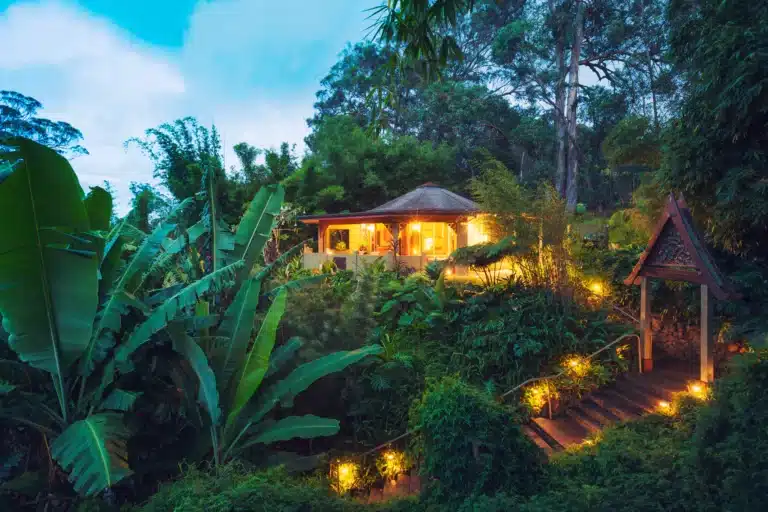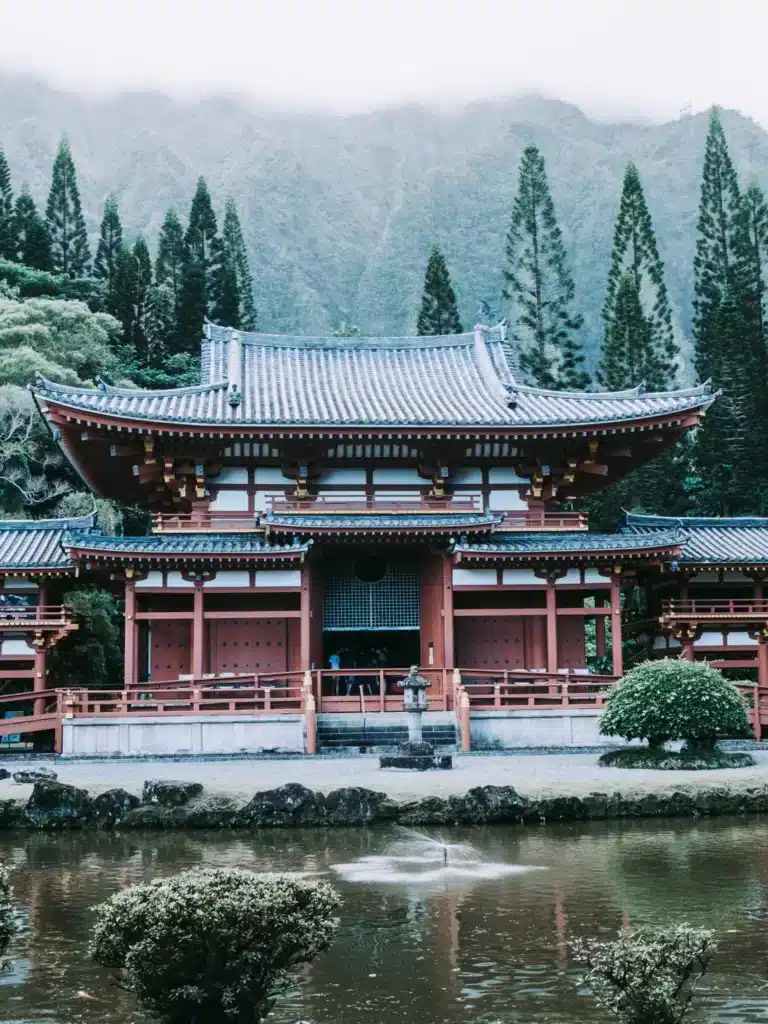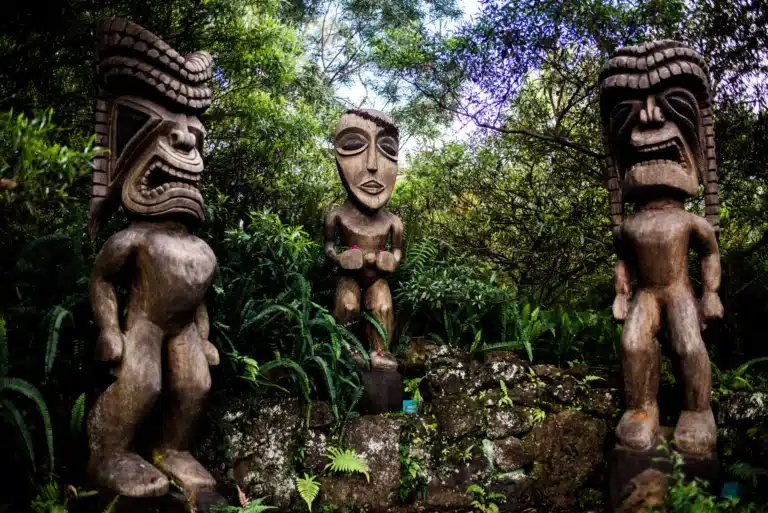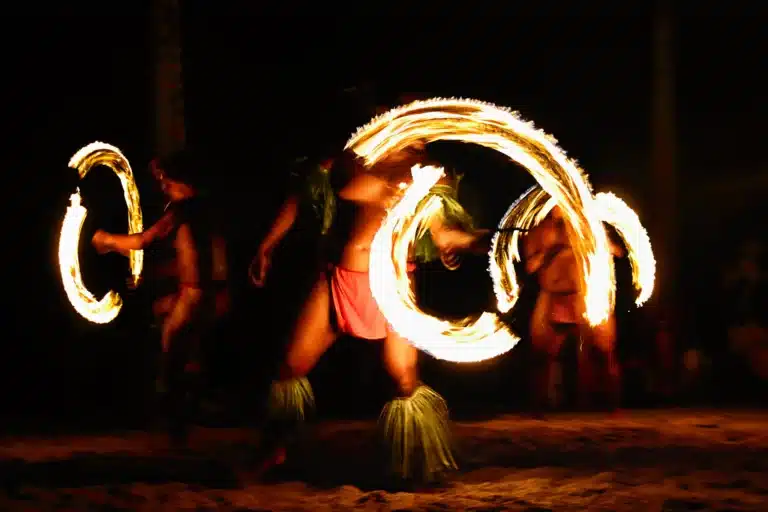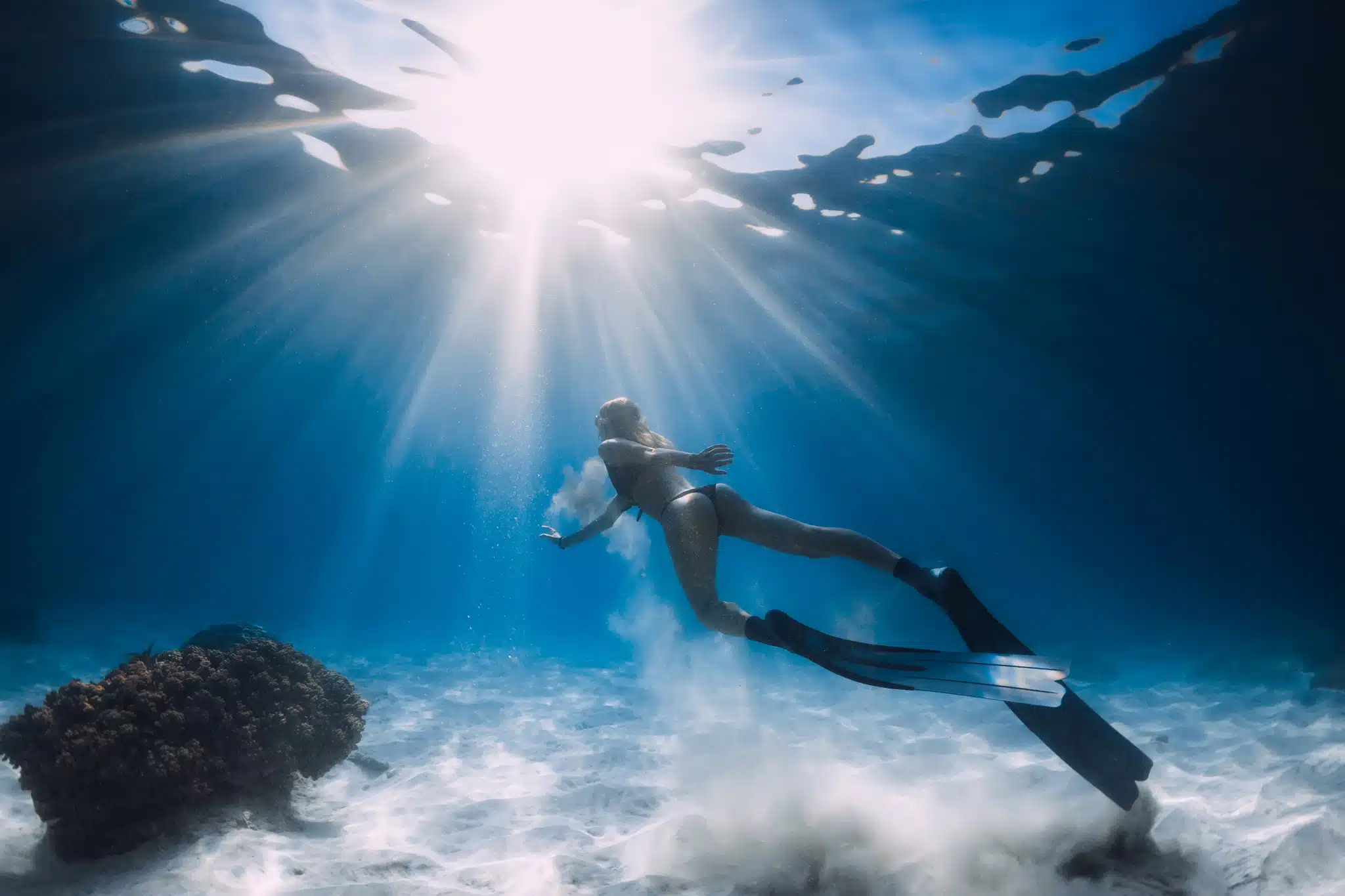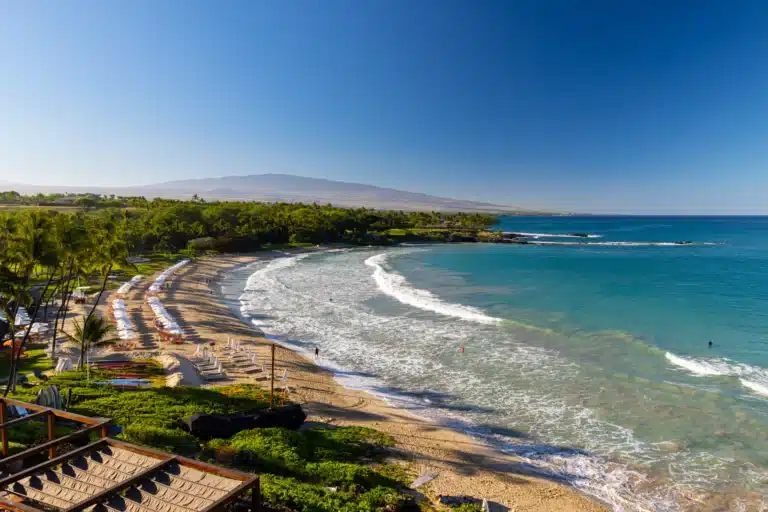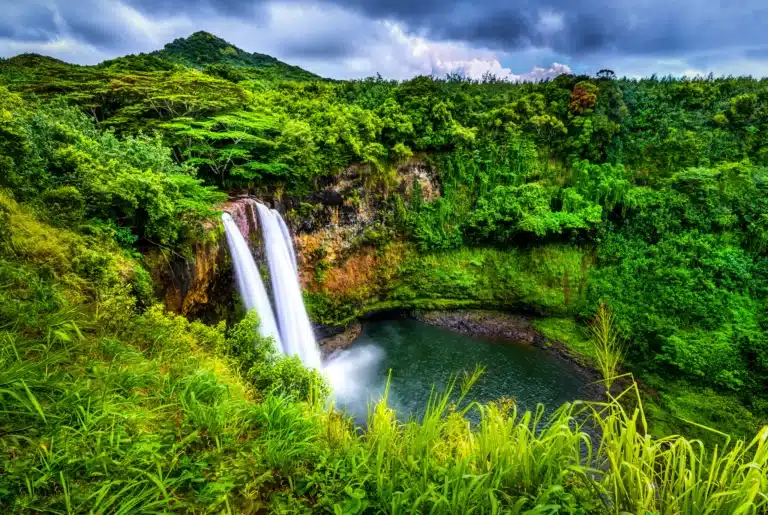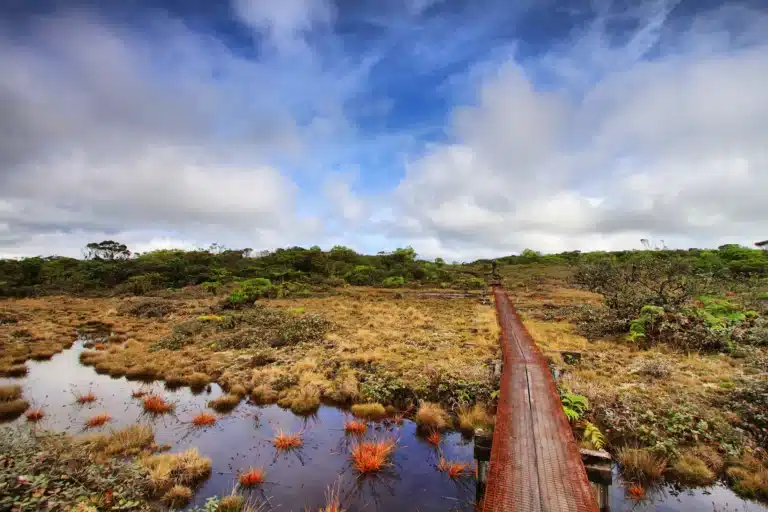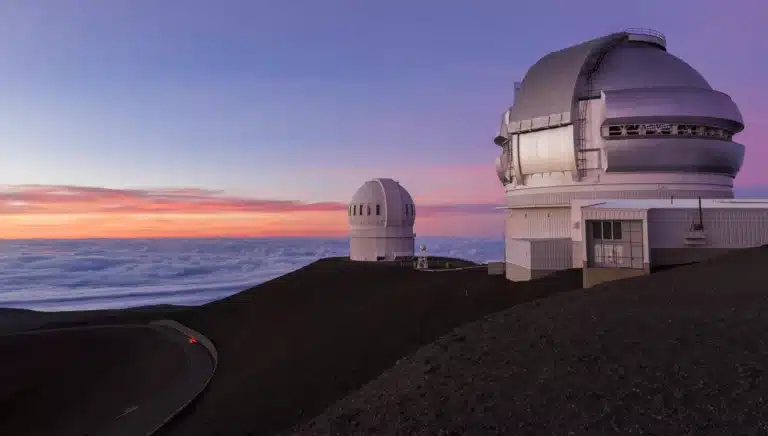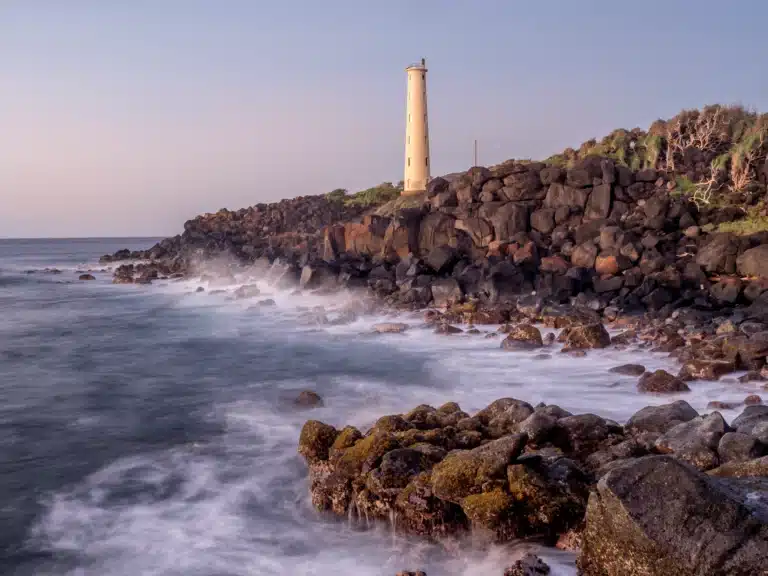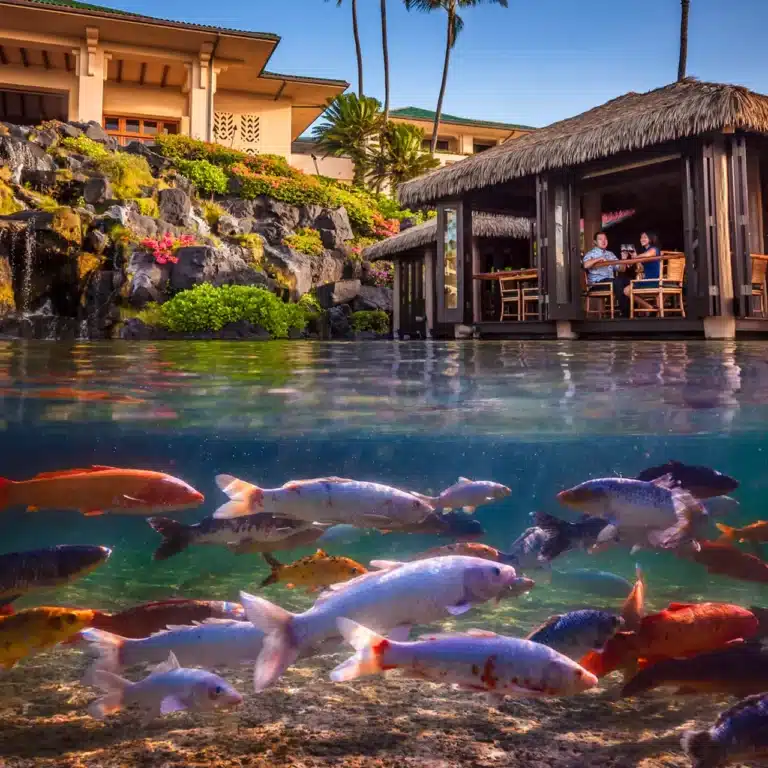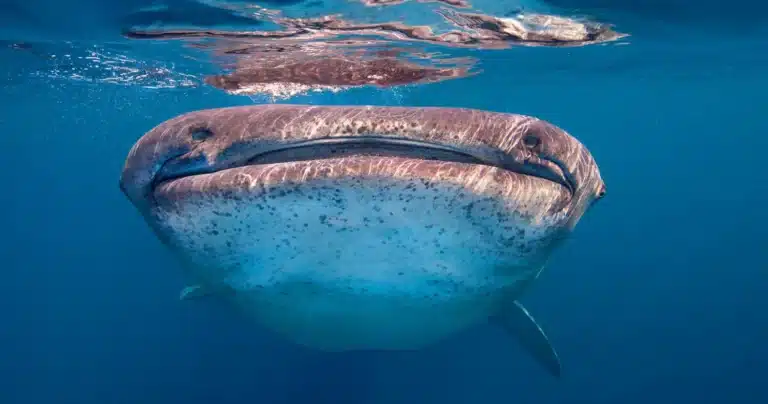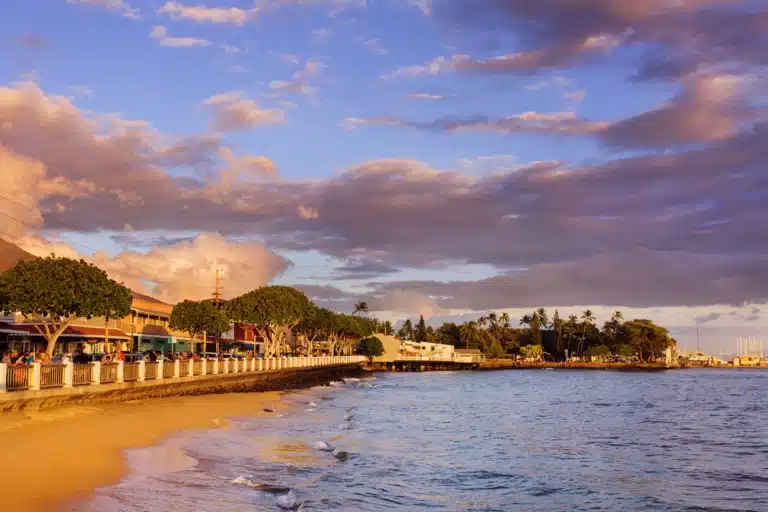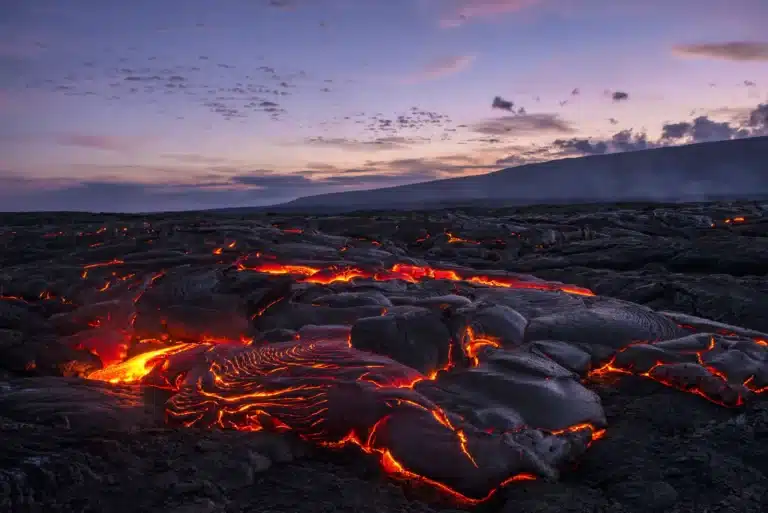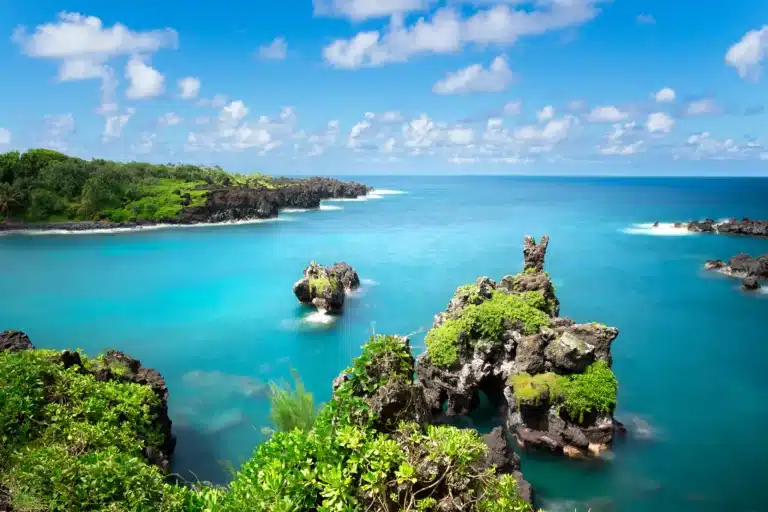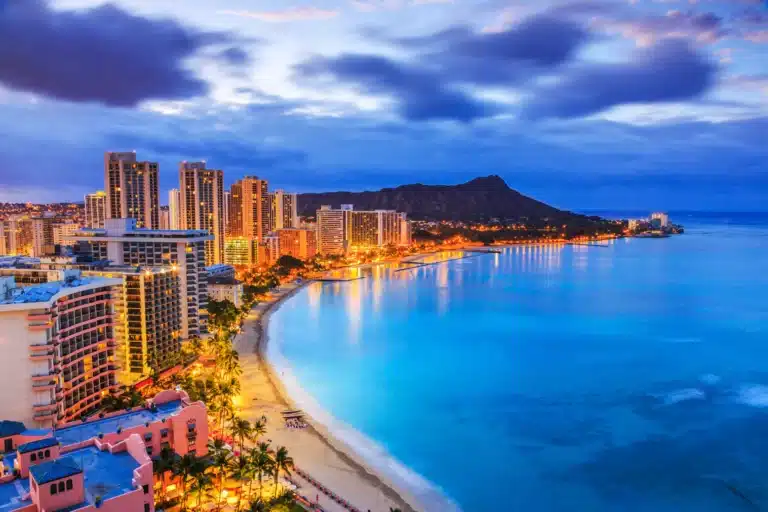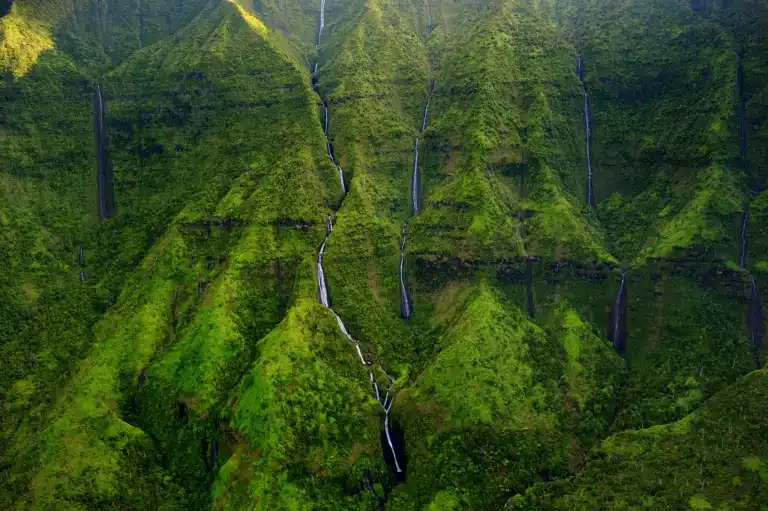The Anatomy of a Volcanic Eruption: Lessons from Hawaii

Hawaii, a geological wonderland, was formed by powerful volcanic eruptions. The Hawaiian Islands host some of the most active and well-studied volcanoes in the world. This article delves into the captivating science behind volcanic eruptions and their role in shaping Hawaii’s stunning landscapes.
The Formation of the Hawaiian Islands
The Hawaiian Islands exist due to a unique geological phenomenon called the Hawaiian hotspot. Located beneath the Pacific Plate, this hotspot is a region of intense heat and molten rock that rises from deep within the Earth’s mantle. As the Pacific Plate moves over the hotspot, the molten rock, or magma, breaks through the crust, forming a series of shield volcanoes. Over millions of years, these volcanic eruptions have created the beautiful chain of islands known as Hawaii.
Types of Hawaiian Volcanoes
There are two main types of volcanoes in Hawaii: shield volcanoes and cinder cones. Shield volcanoes, such as Mauna Loa and Kilauea on the Big Island, have broad, gently sloping profiles. These volcanoes form from the eruption of highly fluid lava, which spreads out over large areas. Cinder cones, on the other hand, are smaller, steeper volcanic structures formed by the eruption of more viscous lava. Examples of cinder cones in Hawaii include Pu’u ‘Ō’ō on Kilauea and Haleakalā on Maui.
Stages of a Volcanic Eruption
Volcanic eruptions typically progress through several stages. They begin with signs of unrest, such as increased seismic activity and ground deformation. As pressure builds within the magma chamber, magma rises towards the surface, causing the volcano to swell. Eventually, the pressure becomes too great, and the magma breaks through the crust, resulting in an eruption. Lava flows, ash plumes, and pyroclastic material are expelled from the vent, dramatically altering the landscape. Finally, the eruption subsides, and the lava cools and solidifies, creating new landforms. Hawaii’s volcanic history offers numerous examples of these stages, from the 1959 Kilauea Iki eruption to the 2018 Kilauea eruption.
Volcanic Hazards and Safety
Volcanic eruptions can present various hazards, including lava flows, ashfall, and volcanic gases. While these phenomena are fascinating, they can also be dangerous. When visiting active volcanic areas in Hawaii, it is crucial to follow safety guidelines and stay informed about current volcanic activity. Respect closures and posted warning signs, and maintain a safe distance from erupting vents and lava flows. Additionally, be prepared for changing weather conditions and carry plenty of water, sunscreen, and protective clothing.
Hawaii’s Most Notable Eruptions
Hawaii has experienced numerous remarkable volcanic eruptions throughout history. The 1959 Kilauea Iki eruption produced spectacular lava fountains, reaching heights of over 1,900 feet. The Pu’u ‘Ō’ō eruption, which began in 1983 and continued until 2018, was one of the longest-lasting and most voluminous eruptions in Hawaiian history. The 2018 Kilauea eruption caused widespread destruction in the lower Puna district, forever changing the landscape and affecting local communities.
Volcanic Landscapes: A Natural Laboratory
Hawaii’s diverse volcanic landscapes provide a unique opportunity for scientists to study the processes behind volcanic eruptions and the evolution of volcanic landforms. Researchers from around the world come to Hawaii to investigate topics such as magma dynamics, eruption styles, and the environmental impacts of volcanic activity. This wealth of knowledge not only advances our understanding of Earth’s geology but also helps improve volcanic hazard assessments and mitigation strategies.
Visiting Hawaii’s Volcanoes
Travelers seeking to experience Hawaii’s volcanic landscapes firsthand have several must-visit destinations. Hawai’i Volcanoes National Park on the Big Island offers an up-close look at Kilauea and Mauna Loa, two of the world’s most active volcanoes. Haleakalā National Park on Maui is home to the awe-inspiring Haleakalā Crater, a massive volcanic depression with stunning views and unique ecosystems. Other notable volcanic sites include the Waikupanaha Lava Viewing Area on the Big Island and the Kīlauea Point National Wildlife Refuge on Kauai.
Conclusion
In conclusion, Hawaii’s enchanting islands have been shaped by incredible geological forces. From the fiery depths of the Earth’s mantle to the majestic peaks of Mauna Loa and Haleakalā, the story of Hawaii is one of beauty, power, and constant change. We encourage you to explore and learn more about the volcanoes that continue to define this extraordinary destination.
Join Hawaiians.
Get discounts, trips ideas, exciting news, and much more. Delivered right to your inbox, for free.
Discover More Essential Information
Explore ‘Essentials’ for enriched Hawaii travels. Dive into local culture, history, and nature for a truly immersive experience.
Ocean Safety in Hawaii: Understanding Rip Currents, Coral Reefs, and More
Living Off-Grid in Hawaii: Sustainable Living in Paradise
An Overview of Buddhism in Hawaii
Polynesian Migration: The Discovery and Settlement of Hawaii
The Origin and Evolution of Hawaiian Luaus
Hawaiian Biodiversity: A Microcosm of Evolution
Explore More of Hawaii
Beyond the Horizon, More Paradise Awaits – Dive deeper into the multifaceted charm of Hawaii, and continue your journey of exploration.
Explore the Islands of Hawaii
Discover your perfect escape – from Oahu’s lively cities, Maui’s picturesque shores, Kauai’s verdant landscapes, to Big Island’s volcanoes.
Join Hawaiians.
Get discounts, trips ideas, exciting news, and much more. Delivered right to your inbox, for free.

